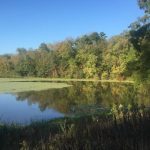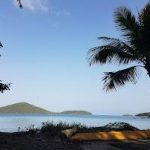What do I need to know about Chile and Argentina before visiting Patagonia?
Where is Patagonia located? It is a stunning tourist spot that boasts a diverse range of animals such as pumas, whales, and penguins, as well as a beautiful landscape filled with fjords, glaciers, and towering mountains. Let’s learn more about this breathtaking region.
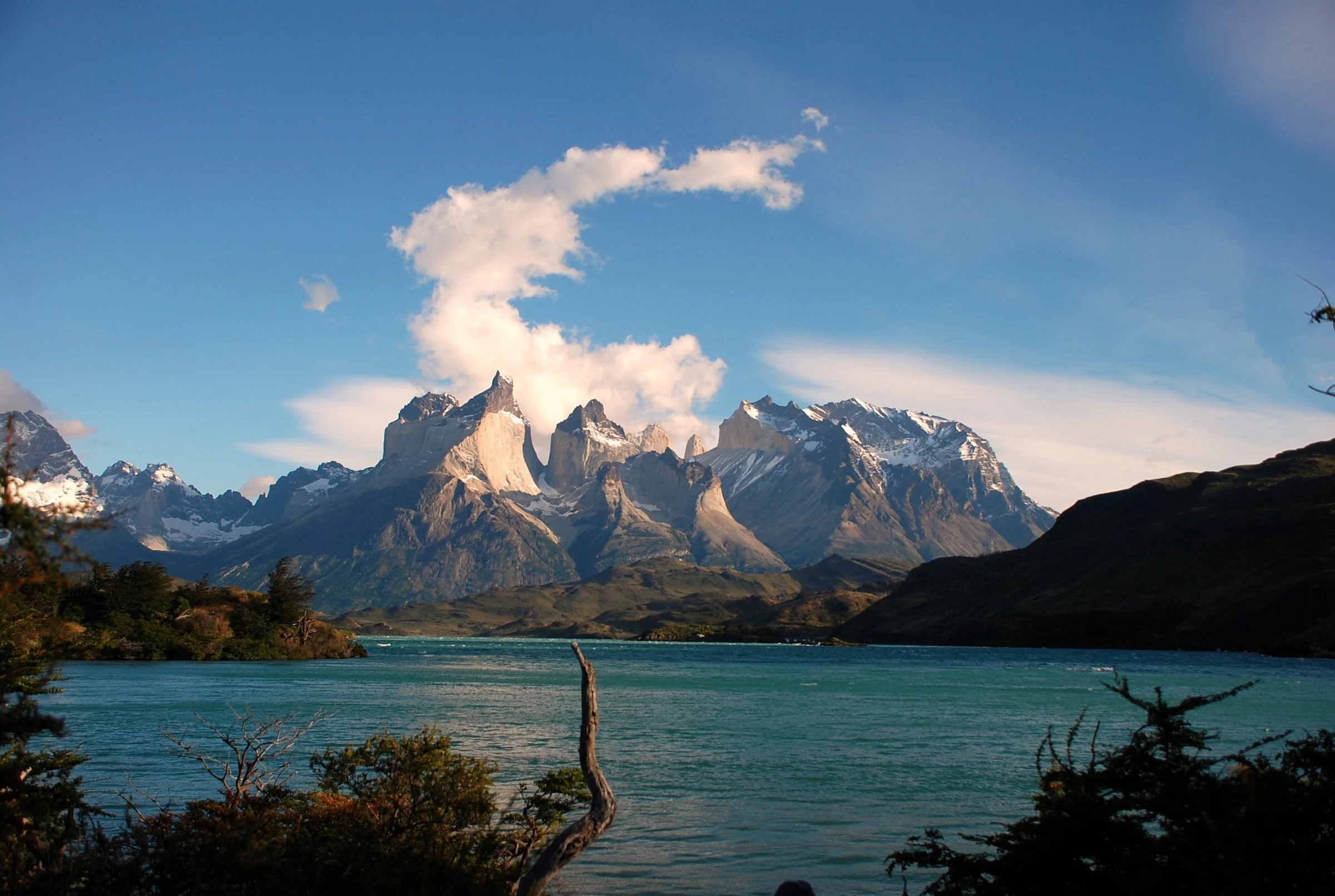
Where is Patagonia?
The first thing we need to clear up is that Patagonia is not a country, it is a geographical region that straddles both Chile and Argentina in South America. It is one of the most Southern points of South America. Officially, there are no designated borders to this region due to how contested the region in South America is. On the eastern side of the Andes Mountains, the northern limit of Patagonia is considered the Lake District and Bariloche. Generally, anything south of the Río Negro (Rio Negro) to the Atlantic Ocean is believed to be Patagonia.
On the Chilean side the limits are not as easy to define. Some define the region as including Chiloe Island, Puerto Montt, Puerto Varas, Punta Arenas, Rio Gallegos, Osorno, Valdivia, Los Ríos Region, and Pucon. Other sources differ about what territory exactly Patagonia covers in Chile. We will cover all conventional areas of Patagonia below.
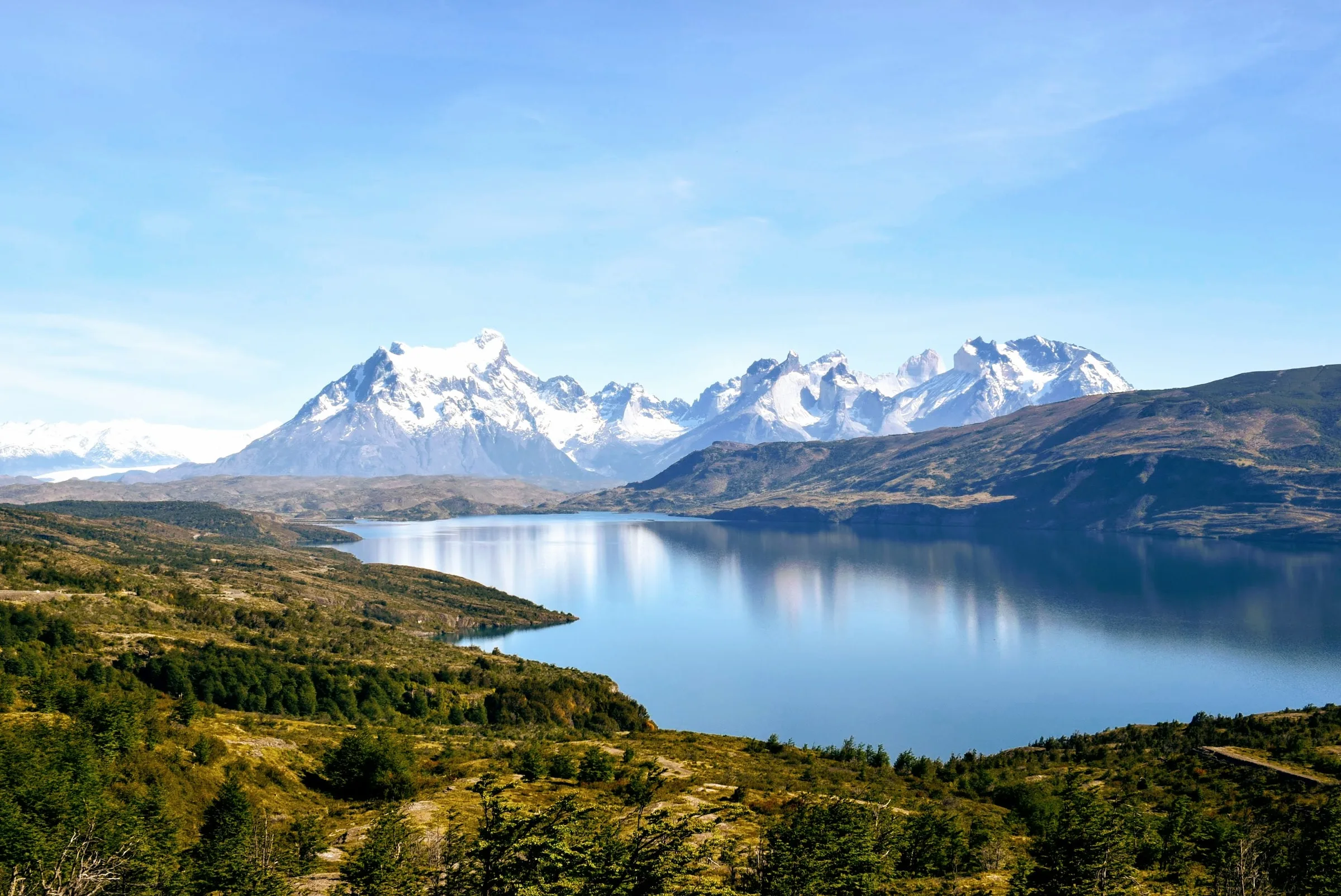
Why is it called Patagonia?
Patagonia was named by indigenous people who originally lived here. One of the earliest mentions of the name Patagonia (Patagones) is in the chronicles of Antonio Pigafetta who was an Italian chronicler who was chronicling the voyage of Ferdinand Magellan along South America. Magellan landed in Puerto San Julián which was home to a group of people who called themselves Patagonias, which further added to the establishment of the name Patagonia.
He made some strange claims in this account, including allegations that locals were twice the size of Europeans. This started a rumor of giants that persisted for two hundred years. It was only during 1767 that Louis de Bougainville set the rumor to rest.
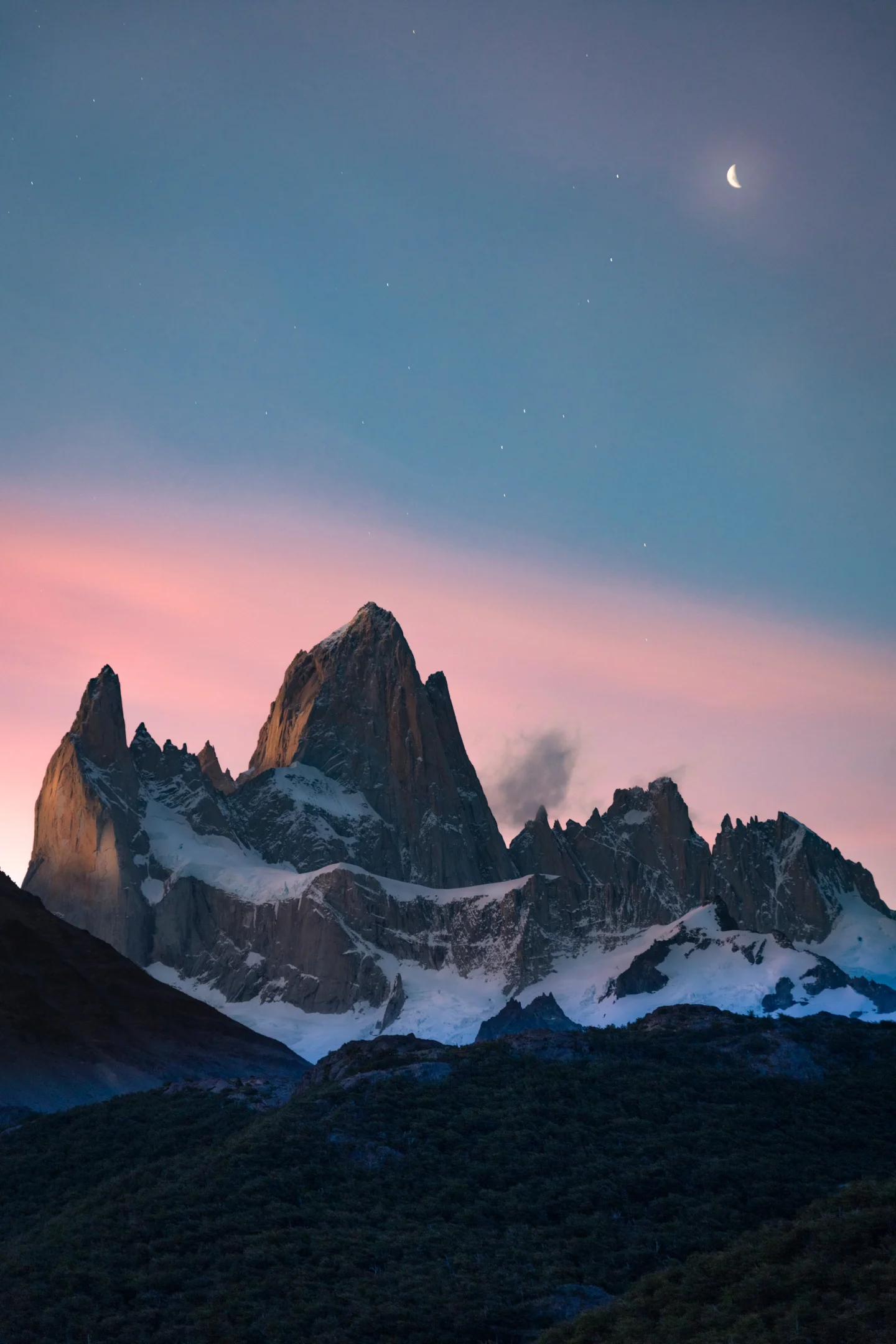
Where are the key destinations to visit in Patagonia?
This list is broken up into Chilean and Argentinian Patagonia. Visiting a large region like Patagonia can be jarring, which we have hopefully combated by breaking Patagonia down into smaller parts.
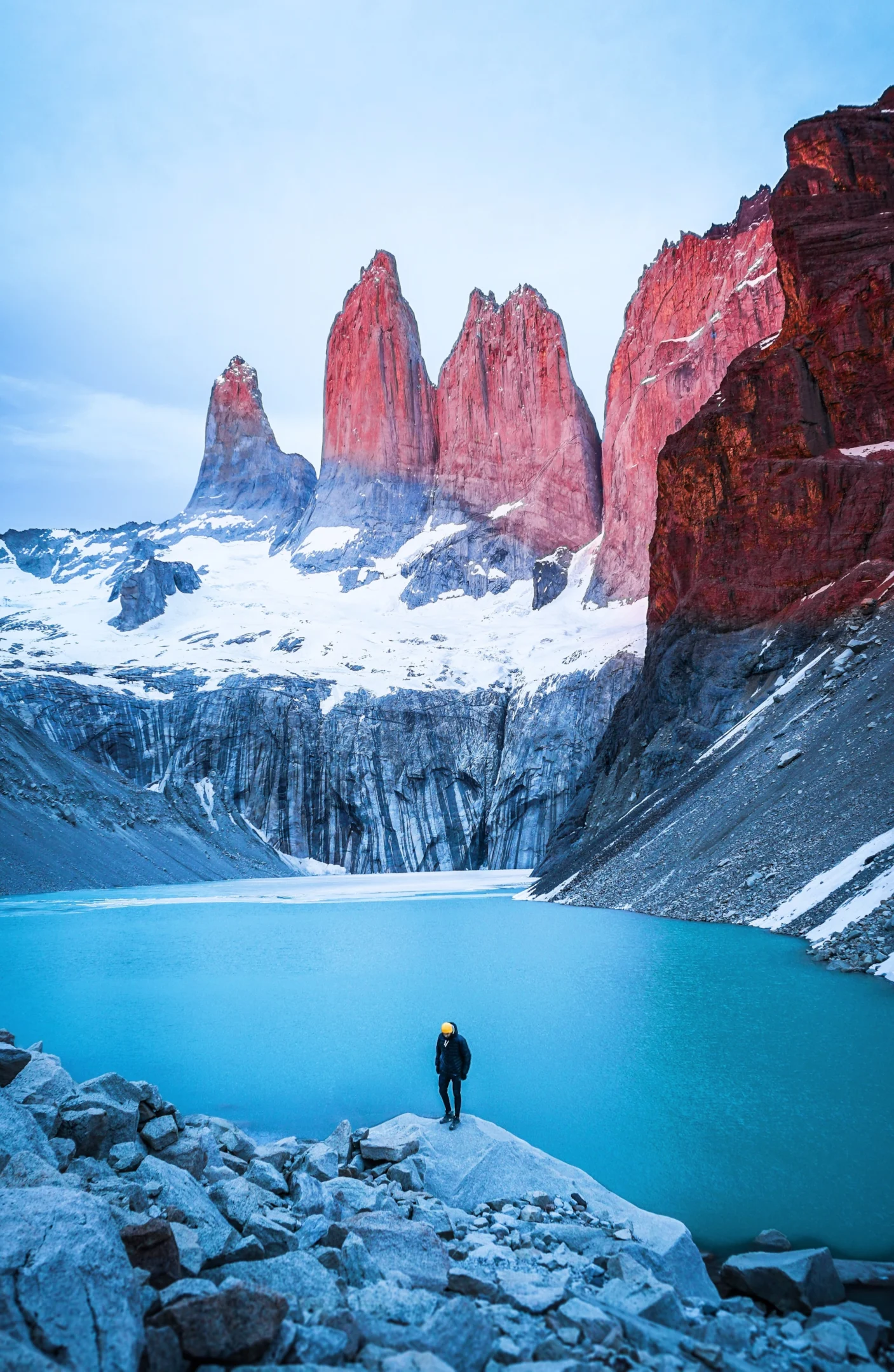
Southern Chilean Patagonia
This part of Patagonia is one of the most visited due to the Torres del Paine National Park. Hotels are plentiful, wildlife is common, hiking opportunities are great due to the beautiful mountainous landscapes. Sea life, glaciers, and fjords are also plentiful.
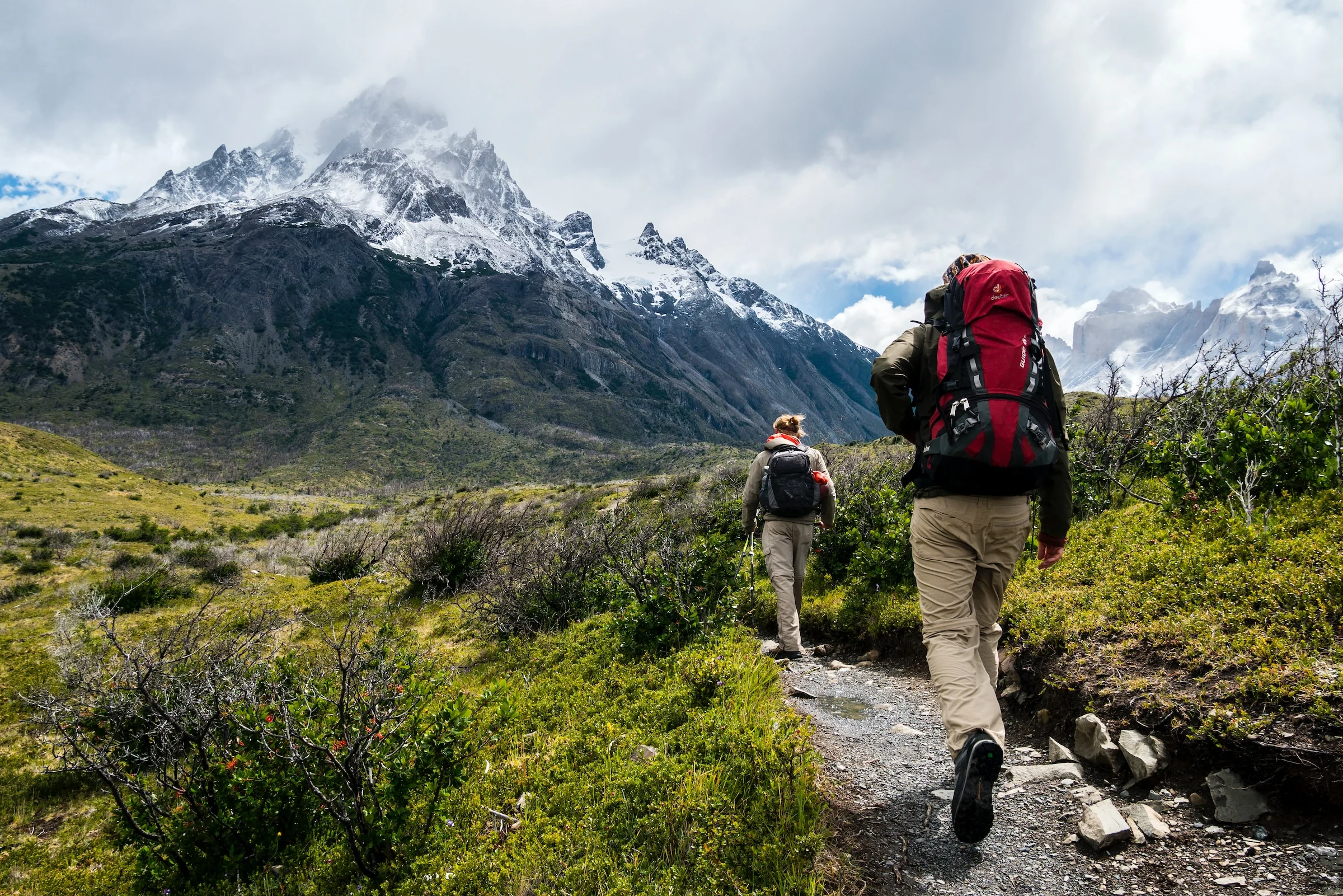
How to get to southern Chilean Patagonia
It is easiest to reach southern Patagonia on the Chilean side by flight (the Santiago de Chile). The airport that is closest to Torres del Paine National Park only sees occasional flights maybe two or four times a week between November to March. December to February is more likely to see daily flights. There is also a ferry (Navimag) that takes three days and four nights to get into Chilean Patagonia. If this is an attractive option to you, we advise booking quite far in advance, as the ferries tend to be booked up a number of months in advance. The TABSA boat is a much faster ferry option as well.
Puerto Williams
Puerto Williams is the southernmost settlement in the world. It can reached by going through Patagonia and Tierra del Fuego. Only about 3,000 people live here. It is the least visited place in the entire Patagonia region. The region is windswept and untamed and great for hiking, especially if you are looking for a remote hike in Patagonia.
The Dientes de Navarino is a challenging five-day hike that goes along rocks and a peat bog, as well as a mountainous ridge behind a village. You are rewarded with an amazing view of the island. You should have quite a bit of experience and skill to attempt this hike safely though.
Punta Arenas
The town of Punta Arenas might have played an essential part in history, but it is quite nondescript. You can find it on the side of the Strait of Magellan which was an essential passage between the Pacific Ocean and Atlantic Ocean before the Panama Canal was created in 1914.
One of the main attractions here is the wildlife, including a nesting place for Magellanic penguins. At the Francisco Marine National Park you can also see humpback whales. There are charter flights or ferries available to Cape Horn from Punta Arenas. Flying into the Punta Arenas airport is also quite easy.
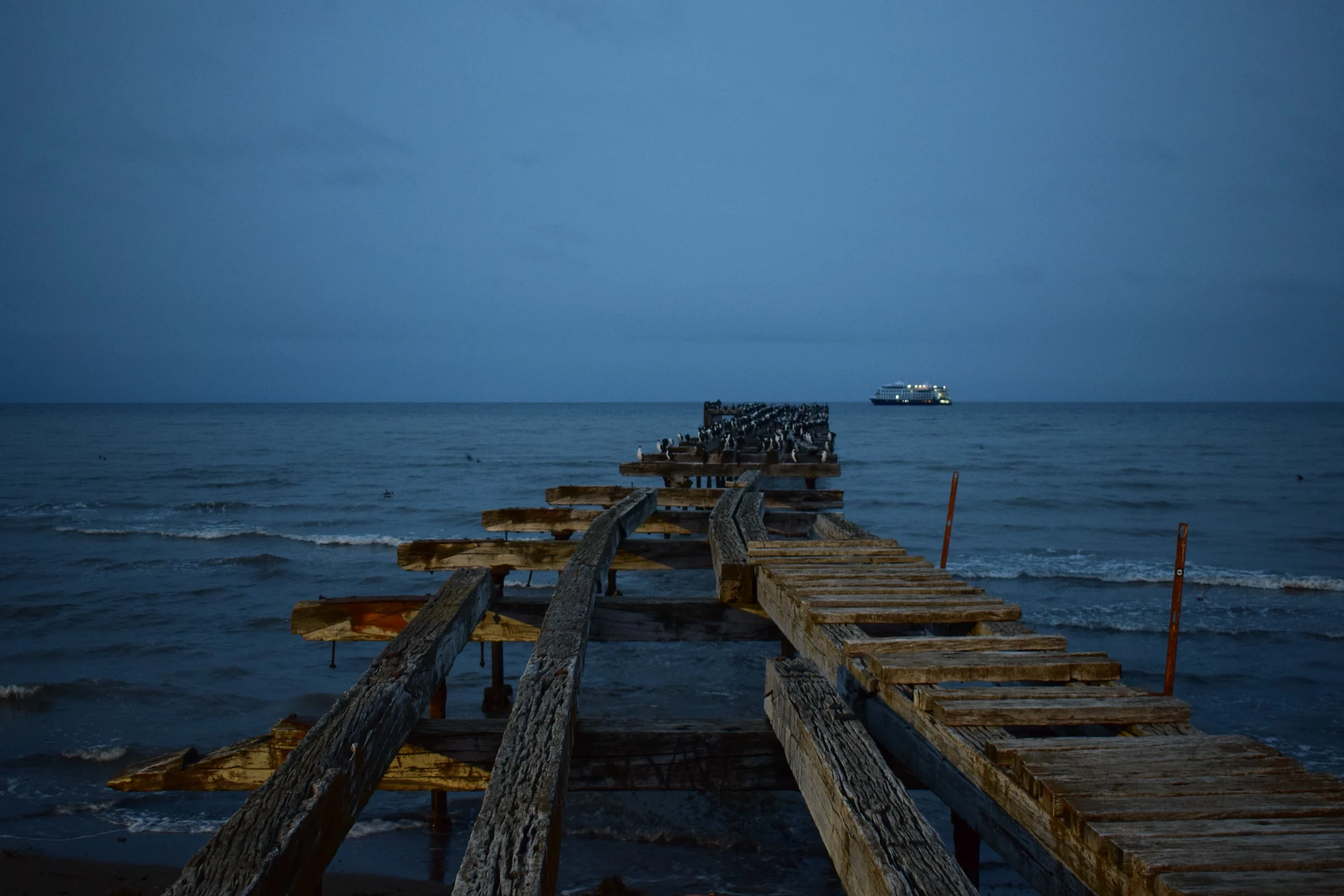
Puerto Natales
In order to get to Torres del Paine National Park you need to go through the small town of Puerto Natales. Many people will stop here on their way to the National Park. You can expect kayaking and a trip to a horse ranch in this town during your stay.
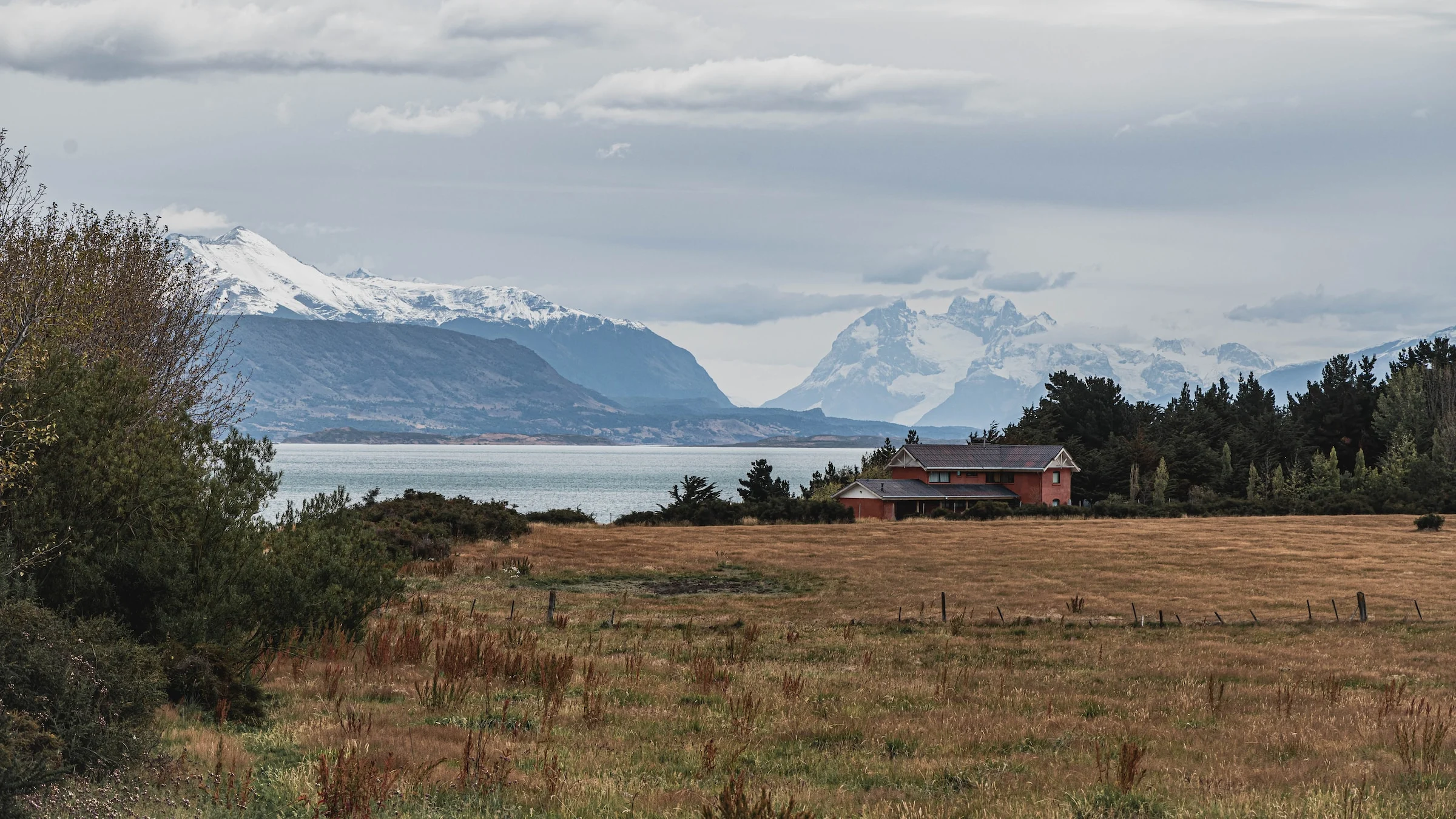
Torres del Paine National Park
The Torres del Paine National Park is the place to be for many visitors to the tip of South America. The National Park is well known for the three rock formations in the middle of the park.
While there are ice trekking routes, kayaking and horseback riding trails, and day hikes, the nine-day O trail and five-day W trail are also quite popular. January and February will often see very high winds, but November to March sees milder weather and fewer visitors. There is plenty of accommodation near the National Park, including luxury lodges and hotels.
The National Park has benefited greatly from conservation efforts, meaning that wildlife in the park is increasing.
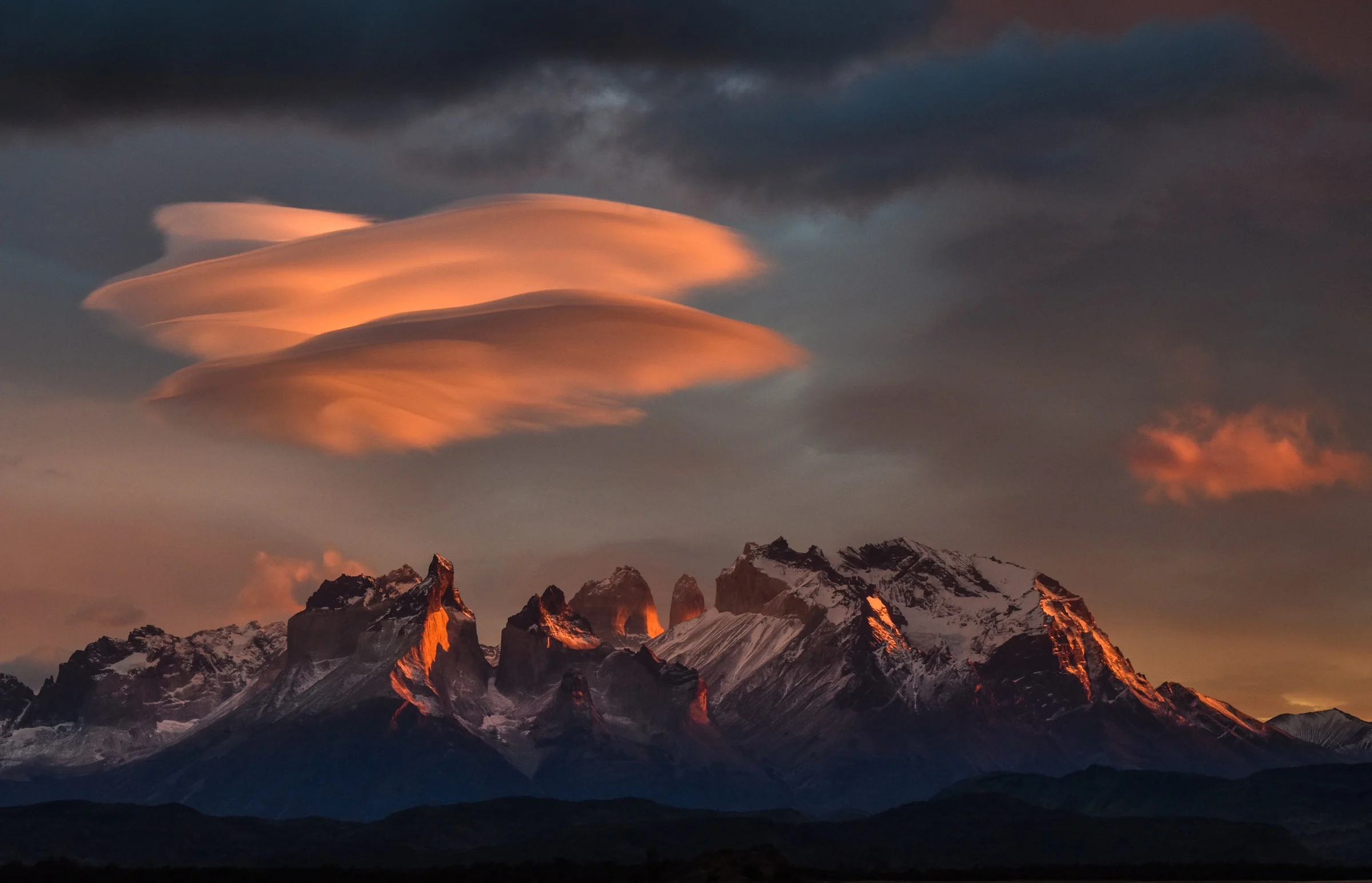
Southern Argentine Patagonia
The southern region of Argentinian Patagonia is situated just past the Andes Mountains that separates Chile and Argentina. Some of the most beautiful national parks in Patagonia can be found in Argentinian Patagonia. If the national park in the Andean Patagonia, do not fear. There are plenty of ranches with wildlife and glaciers to visit.
How to get to southern Argentine Patagonia
Argentine Patagonia is easily reached by plane. There are five flights daily coming in from Buenos Aires. You can also take a bus from Bariloche.
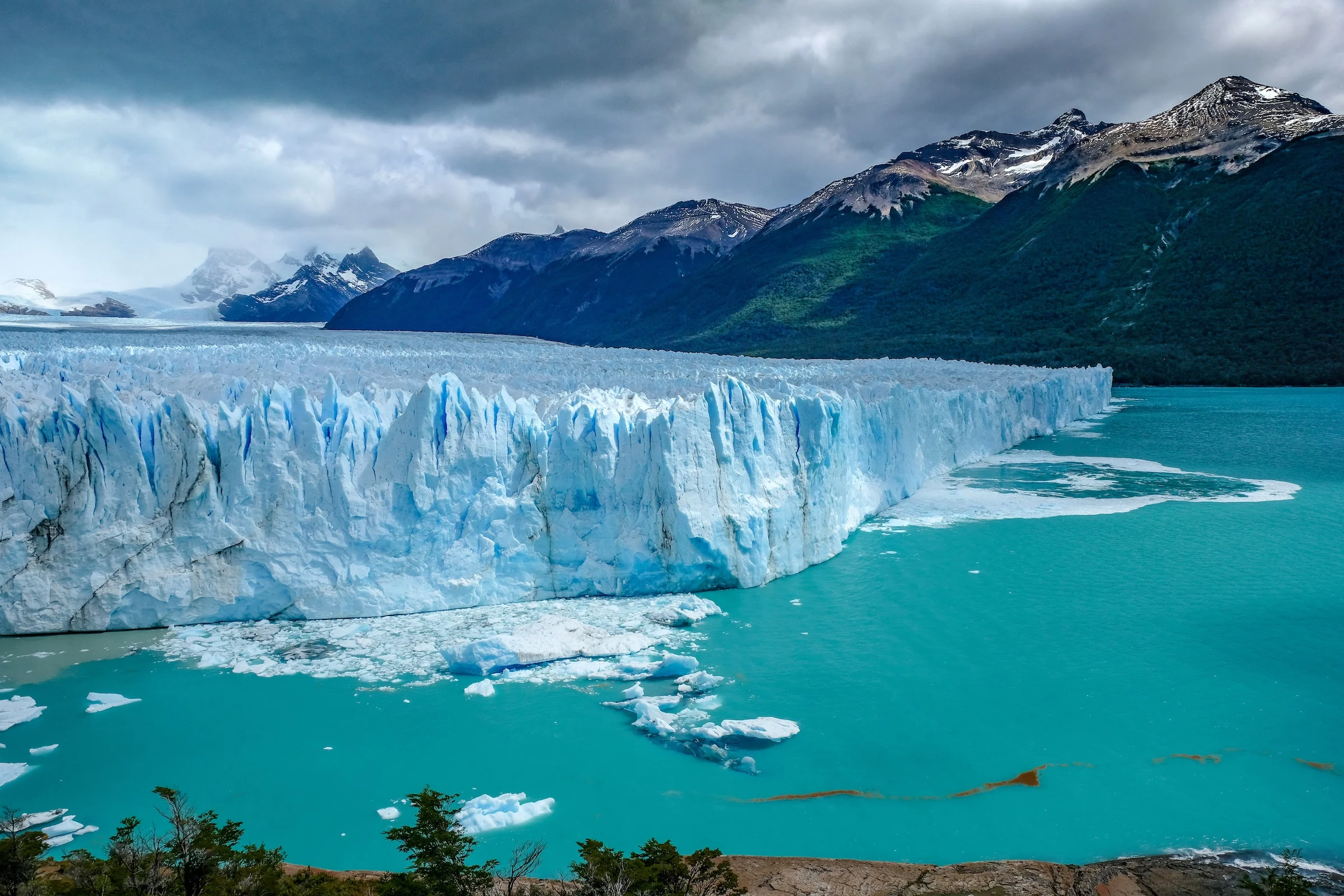
Ushuaia
The most southern zone of Patagonia is Tierra del Fuego National Park which is in Central Patagonia between Chile and Argentina. The Tierra del Fuego National Park has amazing views and breathtaking hiking trails. You can expect to Magellanic penguins, sea lions, and fur seals.
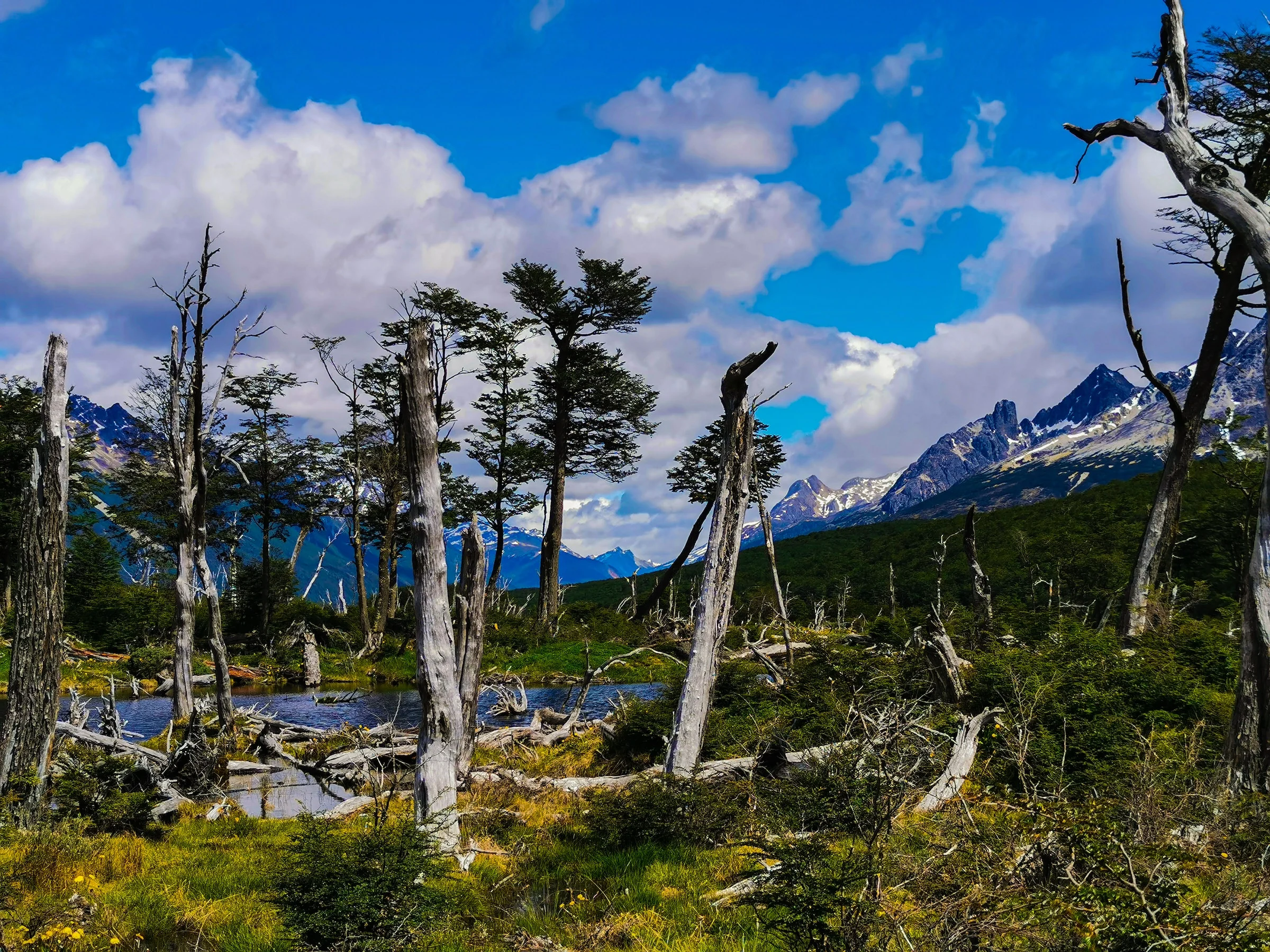
El Chaltén and El Calafate
This is not the northern limit of Patagonia, but not many tourists venture further north than El Chaltén. Los Glaciares National Park is also particularly popular and close to El Calafate and El Chaltén. The Los Glaciares national park is most popular for the Perito Moreno Glacier.
Perito Moreno Glacier can be accessed from El Calafate via the bus or a drive of about one and a half hours. If you want to stay at a traditional Argentinian ranch you can find several of these in El Calafate. Both the Perito Moreno Glacier and the Cerro Fitz Roy peak of South America’s Andes Mountains are a paradise for hikers. The Laguna de los Tres hiking trail has the best views of the famous triple peaks.
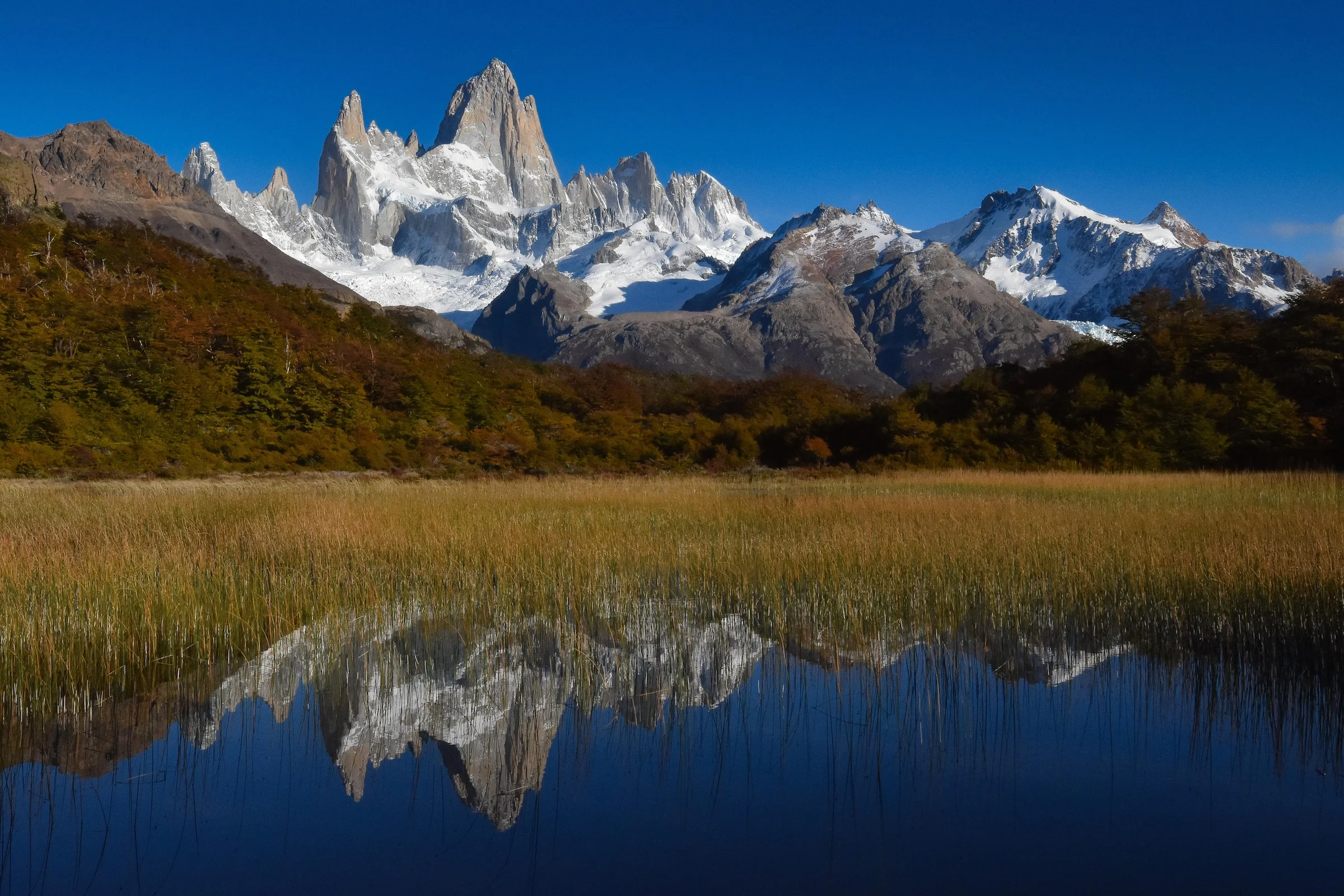
Northern Chilean Patagonia
Mainland Chile narrows along the far north of Chilean Patagonia.
How to get to northern Chilean Patagonia
There are flights regularly departing from Santiago de Chile to northern Chilean Patagonia. It is a short flight of less than an hour and it is possible to book a ferry or hire a car from the destination airport on Carretera Austral.
Furthermore, there are several different ferries and boats that will take you to the northern limit of Patagonia from Santiago. Both Puerto Montt and Santiago see flights and ferries departing to several different Patagonian destinations daily.
Carretera Austral
The Carretera Austral is a particularly famous road in the Patagonia region. The road is also called Route 7 (Ruta 7) and stretches about 1,240 kilometers south from Hornopirén to the remote Villa O’Higgins beside the Southern ice field of Patagonia. Due to the remoteness of this side of Patagonia, you will likely encounter far fewer visitors here than in other parts.
Nonetheless, here you will find amazing national parks, rare wildlife, a lush rainforest, and snow-topped mountains bewitched by the frozen surroundings and sometimes extreme minimum temperatures during winter months.
Some of the best attractions in this northern part of Patagonia are the Cerro Castillo National Park which sports a second three-pronged range of mountains called “the new Torres del Paine”, and Pumalín Douglas Tompkins National Park that has a still steaming volcano and breathtaking alerce forests.
Here you will also find the Patagonia National Park which spans about 1,174 square miles which is peppered with lakes and steppe. Lastly, you will find the Lago General Carrera which is a must-see constellation of marble caves.
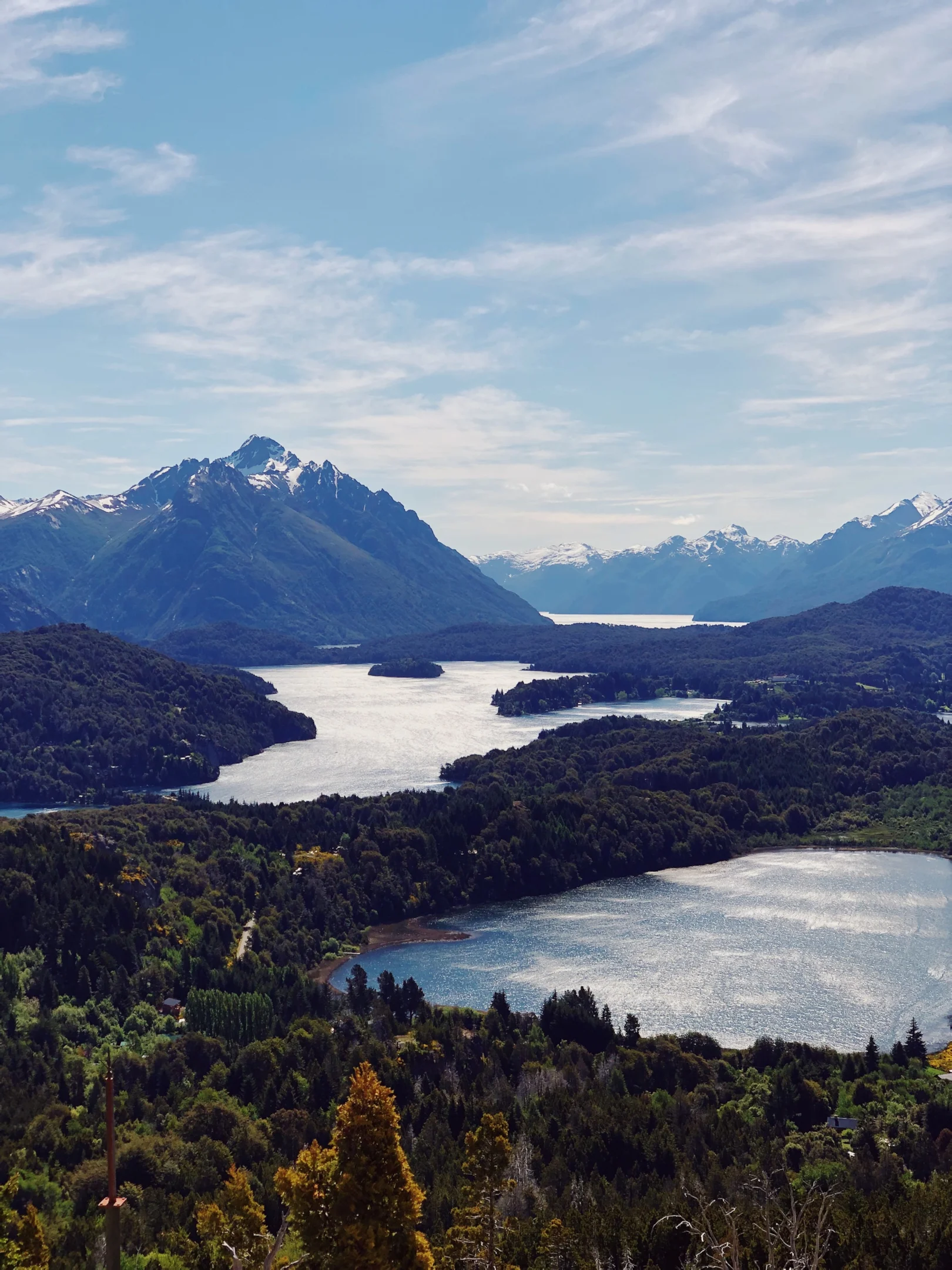
Northern Argentine Patagonia
The diversity in this region of Patagonia is undeniable and makes for a particularly unique experience. The west is home to the dramatic landscapes of the Patagonian Andes that sport alpine lakes and snow-capped peaks in every direction. The east is full of wildlife viewing opportunities and coastal towns with unusual heritage. There is truly something for everyone here.
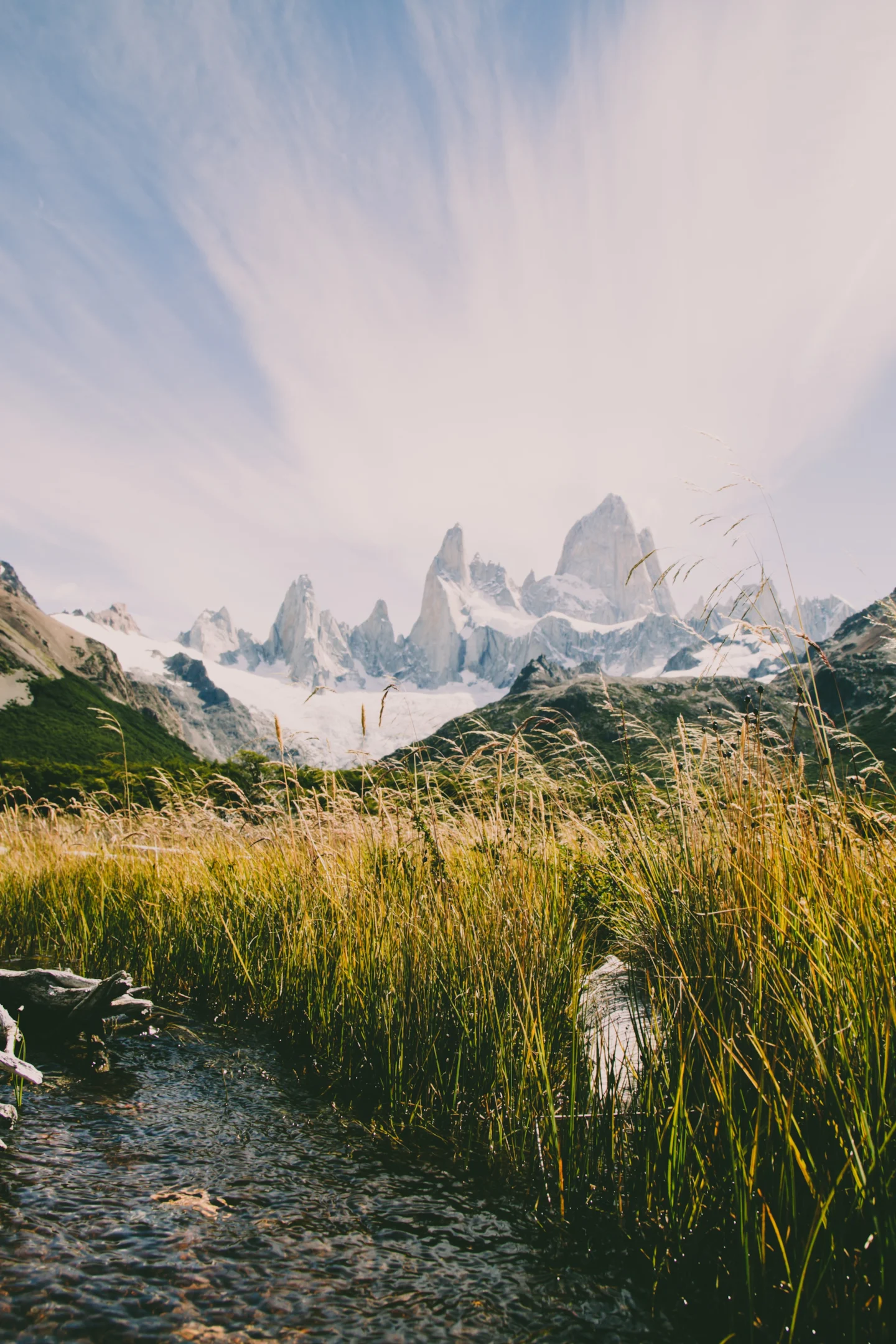
How to get to northern Argentine Patagonia
There are many domestic flights between Buenos Aires and Bariloche, making it an easy destination to reach. That being said, Puerto Madryn can be more difficult to reach, even from Buenos Aires. It often involves flight to a nearby destination and an additional 1-hour of travel by bus to reach Puerto Madryn.
Puerto Madryn, Gaiman, and Dolavon
Despite being difficult to reach, Puerto Madryn is a major tourist draw. The main source of its tourist appeal is the plentiful wildlife in the otherwise nondescript and dusty expanse. Southern right whales populate the peninsula waters between June and December, viewable via tours to Valdés Peninsula.
If you want to see Magellanic penguins then you can find about a million of them at Punta Tombo. A little further down is Puerto Deseado which boasts more penguin species and other marine life like dolphins. If you go further down to the villages of Dolavon and Gaiman you can find unique heritage and beautiful scenery. A large part of the population of these towns is Welsh or has Welsh ancestry, and that is because all of the settlers from 1865 who settled here were originally from Wales.
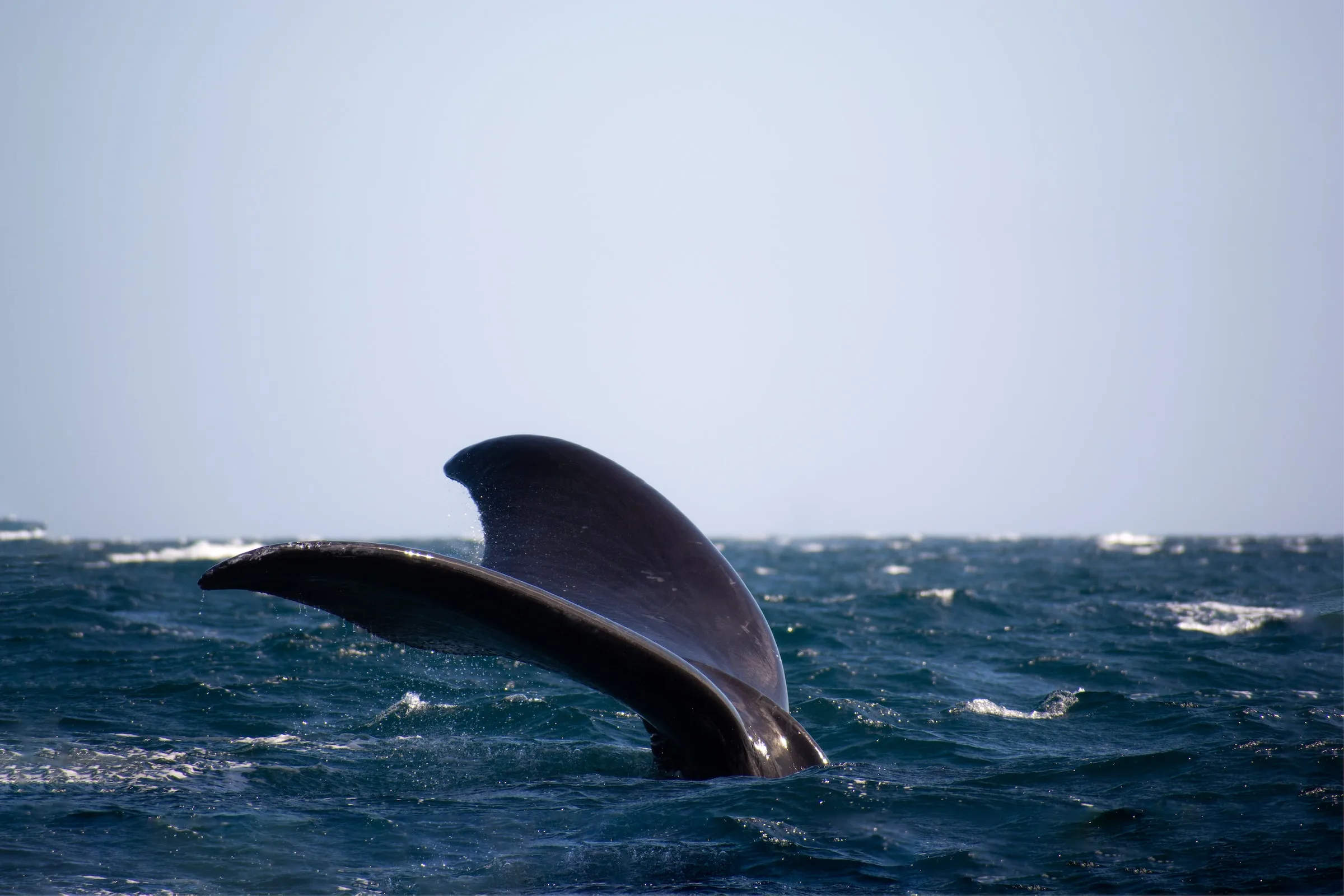
Bariloche
When flying into Buenos Aires you will most likely visit San Carlos de Bariloche first. It is widely considered to be the gateway into Patagonia. It is a beautiful part of the Argentinian Lakes District and a fantastic hiking destination. You can also find one of the most visited national parks in the tip of South America right here in the Nahuel Huapi National Park.
In addition to hiking there is a plethora of additional outdoor activities to engage in here. This can include anything from skiing, white-water rafting, horseback riding, and mountain biking. We also recommend a drive of the Ruta de los Siete Lagos. It leads down to Villa La Angostura where you can catch an unbeatable view of the mountainous landscapes and dramatic alpine lakes.
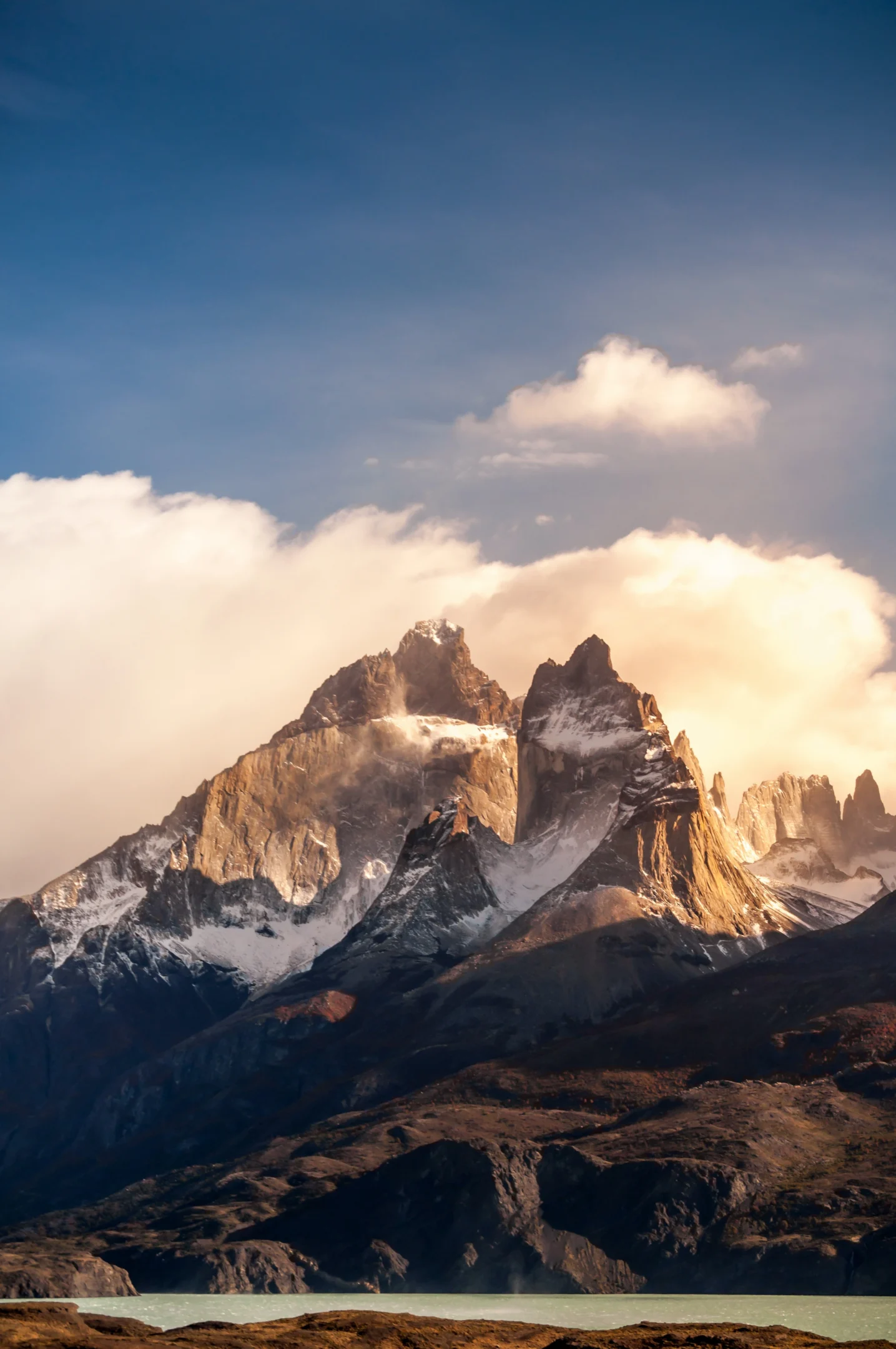
Closing Thoughts
Both Argentina and Chile are fantastic options via which to experience Patagonia. The northern and southern section offer breathtaking experiences, views, and activities. The Atlantic coast is home to unique marine life, and the extreme south and northern limit of the region has some truly unique histories and stories to experience and learn from.


